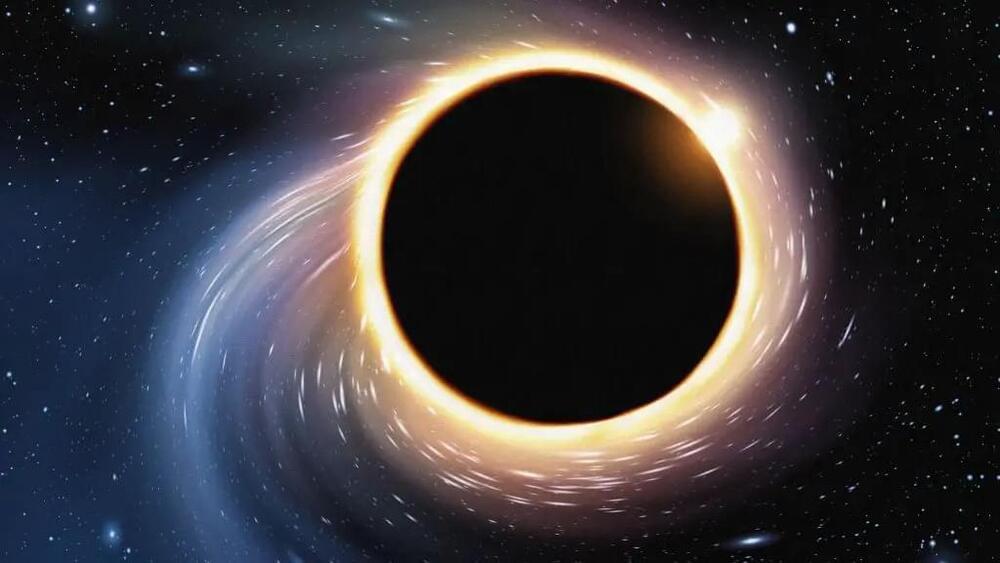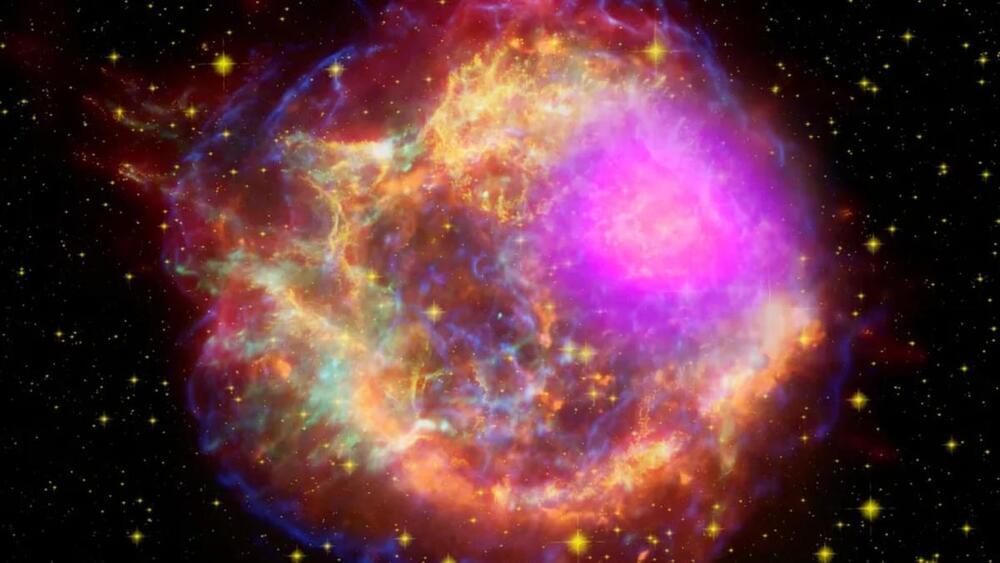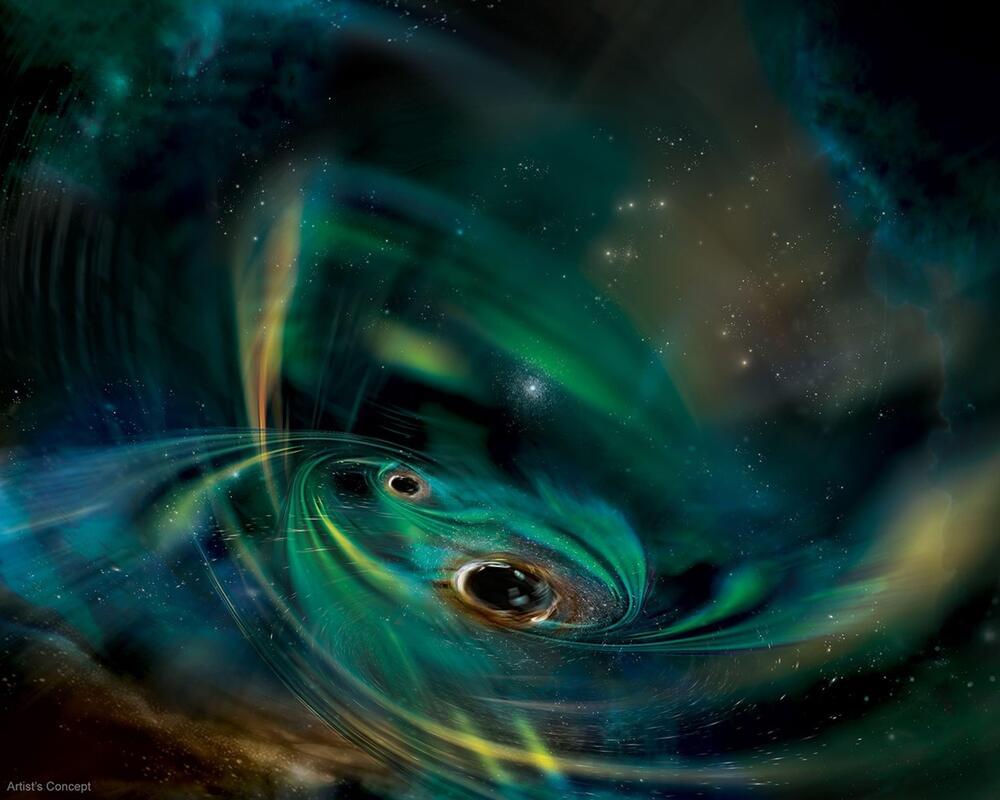I have my own introduction to quantum mechanics course that you can check out on Brilliant! First 30 days are free and 20% off the annual premium subscription when you use our link ➜ https://brilliant.org/sabine.
“New physics” is a catch-all term for fundamentally new discoveries in physics (such as dark matter, quantum gravity, or a theory of everything) which push the boundaries of how we understand our reality. How could new discoveries in these areas of research affect our lives? Let’s take a look at what knowledge and practical use we could potentially gain.
🤓 Check out my new quiz app ➜ http://quizwithit.com/
💌 Support me on Donorbox ➜ https://donorbox.org/swtg.
📝 Transcripts and written news on Substack ➜ https://sciencewtg.substack.com/
👉 Transcript with links to references on Patreon ➜ / sabine.
📩 Free weekly science newsletter ➜ https://sabinehossenfelder.com/newsle…
👂 Audio only podcast ➜ https://open.spotify.com/show/0MkNfXl…
🔗 Join this channel to get access to perks ➜
/ @sabinehossenfelder.
🖼️ On instagram ➜ / sciencewtg.
#science #physics






